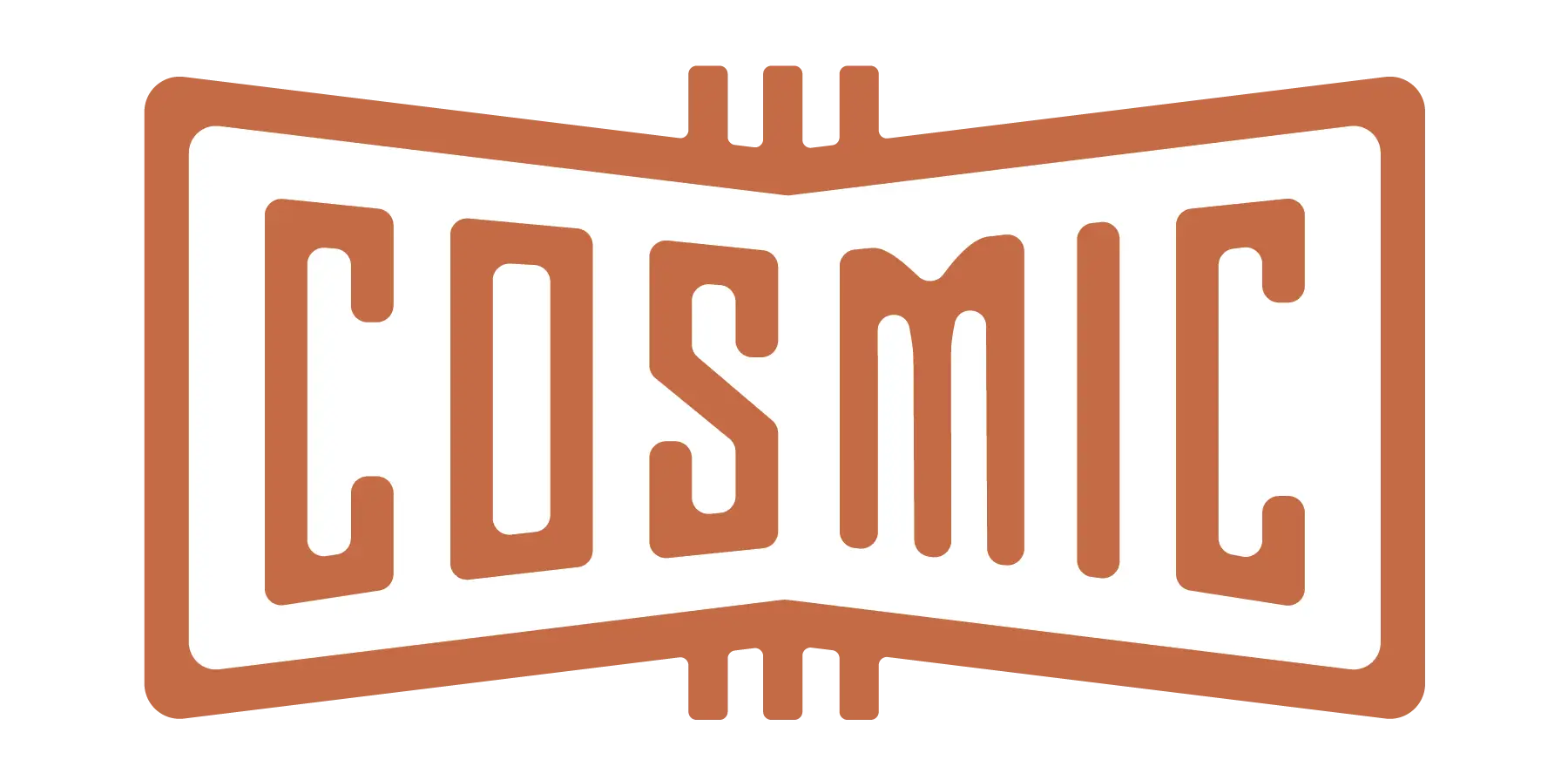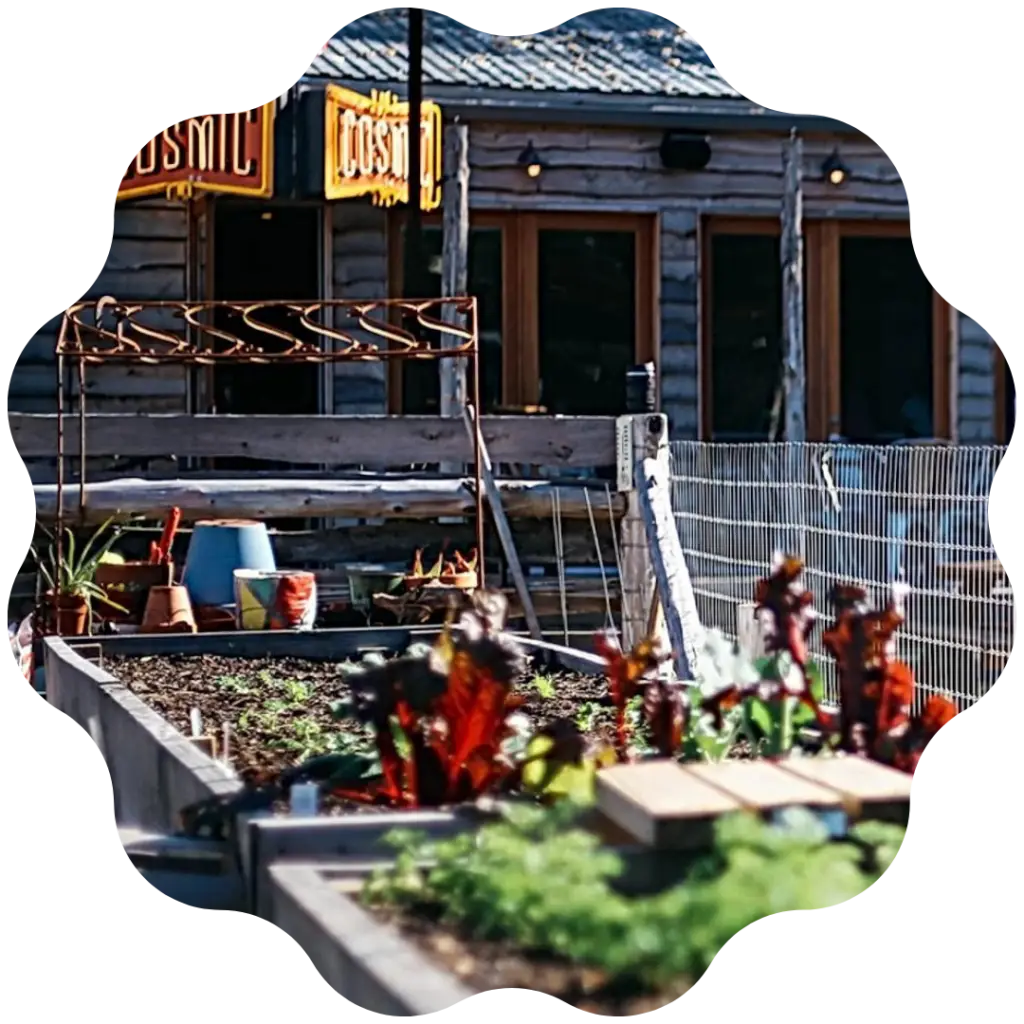Our Regenerative Practices
Click on the photos below to learn a bit more about each of our practices.
Biological Pond+Garden & Waterfall Garden
Our rainwater fed pond is home to a wide variety of flora and fauna including many edible plants, frogs, toads, dragonflies, fish, lizards, the occasional turtle and many more. Several local honeybee hives harvest water throughout the warm seasons and many species of birds frequent the pond and waterfalls for water and feeding. The pond is naturally filtered through biological means. The pond is quite self-sustaining (with the exception of a low voltage pump to feed the waterfall) and is a balanced, thriving ecosystem. The spring and fall lily and lotus blooms are spectacular and the pond and waterfall area is the crux of our National Wildlife Habitat Certification. The waterfall gardens host a variety of native and adaptive species and the area is a growing habitat for songbird species, owls, woodpeckers and bats. Great Blue Heron have even been spotted in our neighboring Alpine Pond. We’re able to harvest edible plants/herbs from the pond and waterfall and some aromatic species that we dry behind the bar and will occasionally hang or smudge & burn for insect control and aromatherapy.
Raised gardens
120 square feet of raised garden beds flank the entrance sidewalk where we grow various herbs, vegetables and wildflowers for pollinators. We rotate various species throughout the season but try to focus on perennials, native, adaptive species and those that we’ll use in our cocktails or our food truck chefs will use in their offerings, or taken by home by staff. We use techniques like companion planting and species diversity to encourage natural pest resistance. What’s leftover after harvesting for internal use we give out to a lucky few customers to take home free of charge. What we don’t use we feed to the chickens who help us create valuable compost to return to the garden.
Chicken run + coop
Our chickens are a major part of our system. The chicken’s diet is primarily green waste from our crew, neighbors and food trucks. We divert that waste from the landfill and allow the hens to convert it into valuable compost material and eggs. The eggs we take home for personal consumption. The coop is constructed from a restored/repurposed early 20th century horse drawn carriage and fully enclosed in a corner of our lot where the hens are adequately sheltered but accessible for our customers to visit with. Come tell em hello.
Compost, recycling + waste management
Although we do generate some waste that goes to the landfill, we make every effort to minimize it.
Most of our serviceware is compostable. In fact our straws, made from either corn-based products OR repurposed hay husks are commercially compostable. Traditional plastic straws are a huge burden on the environment. We also have logo engraved stainless steel reusable straws for sale while available.
We have a multi-tiered compost system that integrates our chicken waste (some of our food waste feed the chickens), spent bedding, dead leaves, yard waste, spent coffee/tea grounds all into a very rich, diverse finished compost that goes back into our gardens and into the earth around the property. By doing so we are enhancing and building the topsoil, sequestering carbon reducing our carbon footprint, and enriching the wildlife habitat. It also helps us create a sustainable garden that doesn’t need commercial fertilizer or other inputs.




